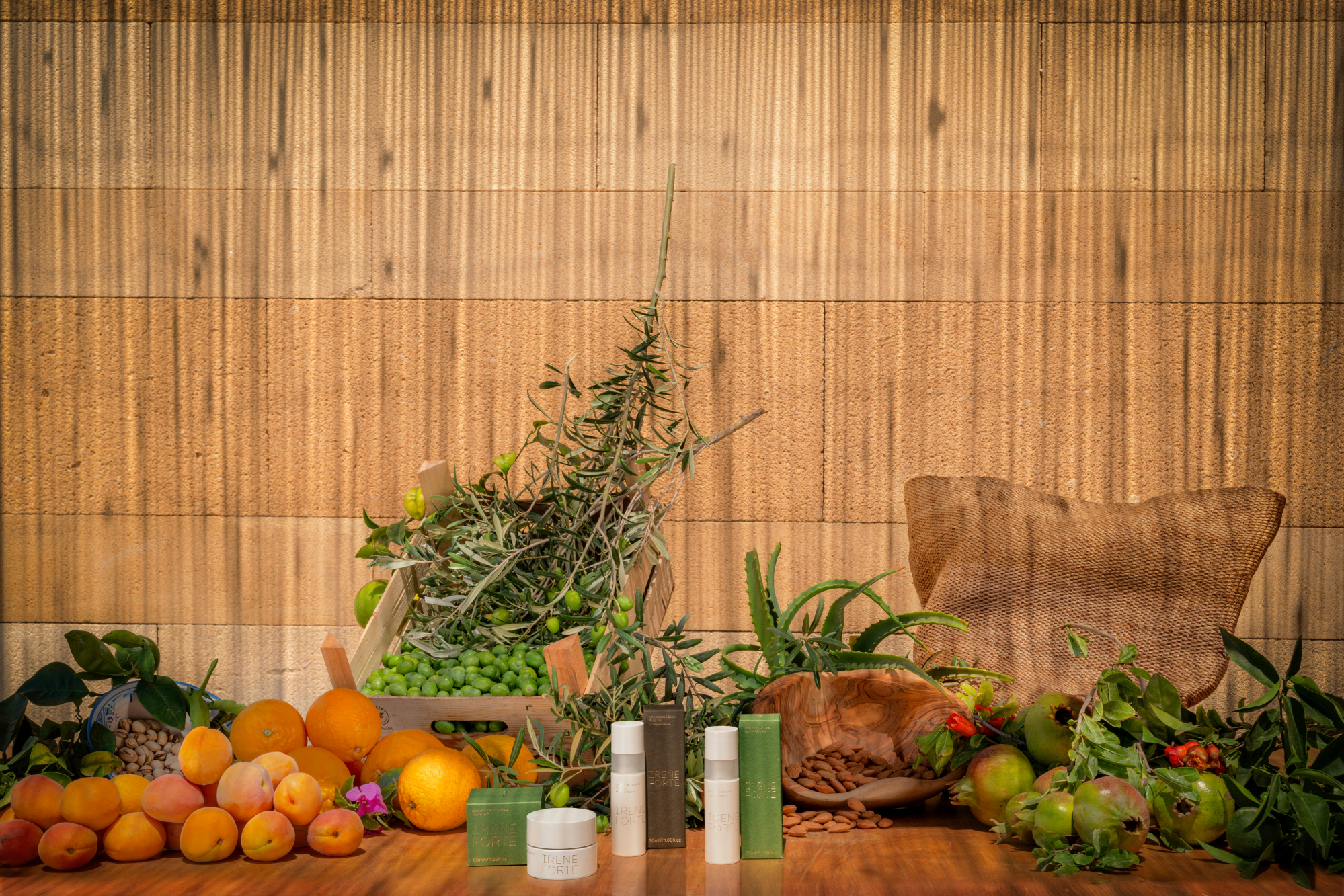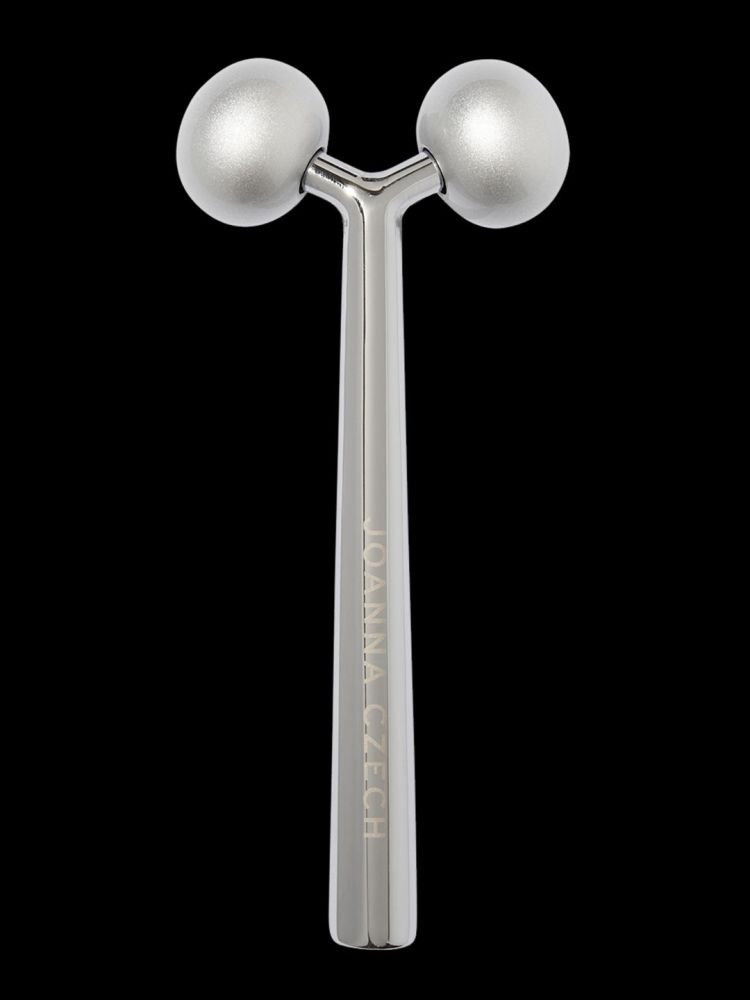
What is skinimalism? The ‘less is more’ skincare trend taking over the beauty industry
- According to one report, skinimalism marks the end of ‘caked-on make-up’ in favour of a simple, sustainable, ‘effortlessly chic’ routine
- Ten-step routines are being pared down and there is a movement towards home-made skincare and science-backed ingredients
Beauty trends come and go, but one set to turn the industry on its head in 2021, according to social media platform Pinterest, is skinimalism. The movement, highlighted in its Trend Prediction Report, refers to how women are embracing a more sustainable, pared-down beauty routine, one that has been gaining momentum since the start of the pandemic.
According to the Pinterest Report, skinimalism marks the end of the “caked-on make-up look” in favour of a “new ‘effortlessly chic’ routine [that] is simple and sustainable”.

While this may prove worrying for beauty companies used to marketing multiple products a year, industry insiders say this was a long time coming.
Skincare 101: why you should never neglect your body care
Czech advocates that women spend more time and effort on their nighttime routine – she estimates that products are 60 per cent less effective when applied in the morning – as the skin regenerates and rejuvenates as we sleep.

“I prefer serums that address a maximum one or two problems as opposed to products that promise to do it all. This means you can own as many serums as you like but alternate how and when you use them,” Czech says.
“So, for example, Mondays and Thursdays will be your brightening nights, while Tuesdays and Fridays will be for hydrating. Target different concerns on separate days so you can streamline your routine. Using specific products two to three times a week will still give you good results as long as the product is good.”

“Not everything in nature is good for you, so you shouldn’t just assume that something labelled 100 per cent organic or natural is the best product,” says Irene Forte, founder of her own natural skincare line and wellness director at Rocco Forte Hotels.
“For example, I am not a huge fan of essential oils because they are full of allergens, and over time can cause lots of skin issues. I believe in nature shaped by science, which means naturally derived ingredients that have been tested and studied to be effective on the skin.”
The Pinterest report also highlighted a movement towards home-made skincare, although both Czech and Forte say you should proceed with caution when using kitchen staples in your skincare routine. While certain ingredients such as jojoba oil or natural honey have been used for centuries, many have not been tested in a laboratory for topical use.

“There are so many factors you need to know such as how the ingredient was extracted, or purified to ensure that it’s still active but not highly allergenic. For this reason, women should avoid experimenting too much,” says Forte.
Another tried-and-tested method that can create a natural glow is facial exercises, or face yoga, which has spurned countless of do-it-yourself videos on YouTube.
While gadgets such as gua shas and face rollers are common, people are becoming increasingly interested in facial massage techniques that can be done in the comfort of their own homes.

“When clients first experience my facial massage, they worry that I am breaking their skin,” says Czech, who is renowned for her signature massage technique. “Remember two things when you’re massaging your face: treat muscles like a dough and treat skin like a sponge. If you use the right technique, you will immediately see brighter, plump skin. But like anything it has to be done repeatedly – I suggest twice a day to see an accumulative effect. Otherwise, try it four to six times a week. It’s like eating healthy – you don’t just do it occasionally.”
One thing all the experts can agree on is that glowing skin isn’t just about what you are applying on your skin. As skinimalism continues to spread, so will awareness on the importance of lifestyle habits and how they affect skin long term.

